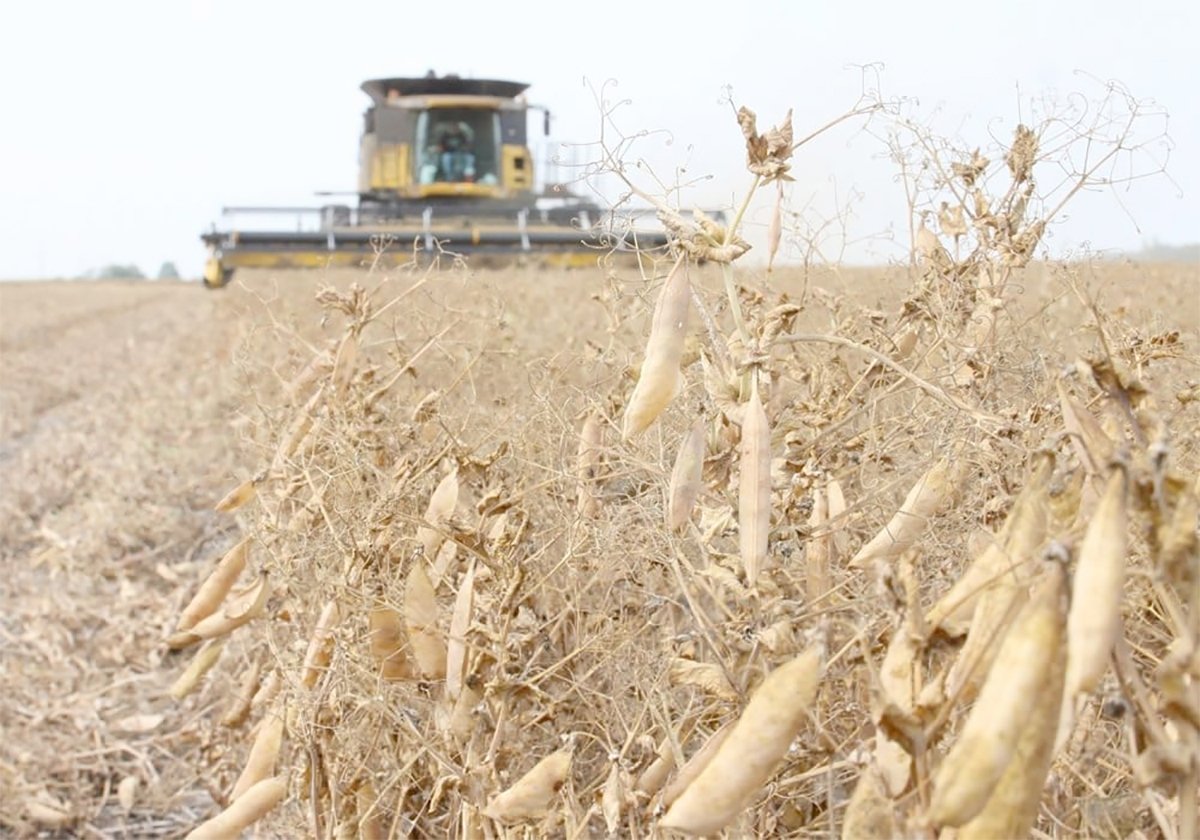If you’re waiting for grain companies to start revealing their quality discounts in wheat contracts, check back in about five years. And then get ready to wait some more.
Brokers and marketers on both sides of the border tell me there is no way most grain companies will ever lay out fixed discounts before the crop comes in, so forward contracts for most of Western Canada’s wheat, durum and barley will be useless for most farmers.
“You really can’t lock in a quality discount schedule,” said Jim Peterson, marketing director of the North Dakota Wheat Commission.
Read Also

Chinese, Indian tariffs take toll on pea prices
The disruption of pea exports from Canada’s largest customers will likely result in slow pea exports for the remainder of the crop year.
That’s a big problem for most of his state’s farmers, who don’t like locking in a specifications risk that could cost them up to $1.50 per bushel at delivery.
“If you get some rain on durum at harvest time, or you get some sprouting issues, or on spring wheat if you don’t get the protein, some of those premiums and discounts can be quite significant.”
Mike Krueger of the Money Farm in Fargo, N.D., said the same.
“It’s a crapshoot because you don’t know what you’re going to have,” said Krueger.
“No one will set a new crop discount standard either for grading characteristics or protein.”
Some farmers have been disappointed that grain companies aren’t offering a wide range of new crop grain contracts to fill the void created by the end of the Canadian Wheat Board’s marketing monopoly.
Companies have offered contracts, but many are for limited amounts and most contain the same lack of detail about discounts that are typical in the United States.
This is true of most contracts, whether it’s for canola, oats or pulses. But for cereals, the difference be-tween crop that hits the specifications and crop that doesn’t is greater. It’s a lot easier to degrade a cereal crop than it is to knock out canola.
Krueger said discounts for low protein spring wheat can shrink to nothing in years of high protein in the U.S. hard red winter wheat belt because protein is not drawing a premium.
However, in years of low protein in HRWW, such as what has happened recently, the discounts can shoot up to $1.50 per bushel. That’s not a huge deal if wheat fetches $7.50 per bu. but is a bad situation if it falls to $5.
Krueger said farmers are safest using futures and options to protect the overall wheat market value pre-harvest.
“We always suggest that guys use the futures, especially if they’re a long way out from new crop,” said Krueger.
“That way, if you have crop problems or get 11 percent rather than 14 percent, you’re not forced to deliver into really steep discounts.”
Many farmers on both sides of the border do no forward price risk management now, but the percentage is probably higher on the Canadian side. A lot of that has to do with the CWB’s pooling system, which provided a basic form of risk management: price averaging.
However, with CWB pooling changing and the wheat market opening up, a lot of farmers need to improve their marketing skills and should be considering using futures and options.
Perfectly timed for this is GrainWorld 2012, which has a good how-to session planned. The CME Group, which operates Chicago’s futures contracts, is holding a three-hour grain marketing workshop Feb. 26. It’s free, but you have to pre-register.
At the end of the conference, on Feb. 28, representatives of the CME, the Minneapolis Grain Exchange and Winnipeg’s ICE Futures Canada will be part of a panel discussing the evolution of wheat futures.
So if you have never been to GrainWorld but want an excuse for a getaway to scenic Winnipeg, and a chance to learn about wheat futures hedging, think about attending.














